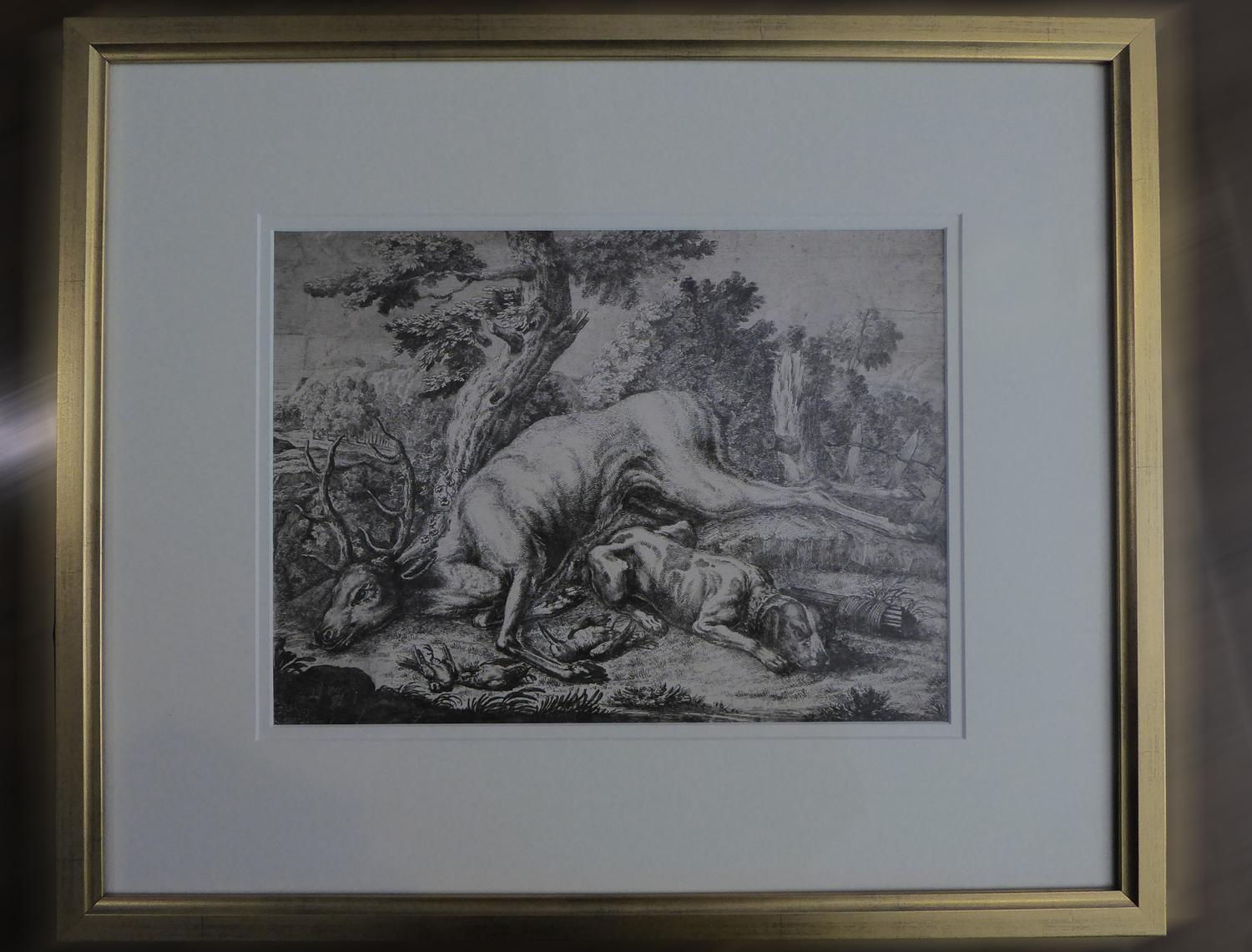Directory and moreAll AntiquesFurnitureSilverArtJewellerySalvageClocksMirrorsChairsGlassCeramicsDirectory and moreBedsBookcasesCabinetsChairsChest of DrawersCupboardsDesksDressersDressing TablesSideboardsStoolsTablesWardrobesBasketsBowlsBoxesCandlesticksCard HoldersCoastersCoffee PotsCondimentsCutleryDecanter LabelsDishesSpoonsVasesCityscape ArtContemporary ArtDrawingsEaselsLandscape ArtMarinescape ArtMiniaturesOil PaintingsPastelPortraitsSeascape ArtStill LifeWatercoloursAntique Bracelets & BanglesBroochesCufflinksDiamond RingsEarringsEngagement & Wedding RingsJewellery BoxesLocketsNecklacesPendantsRingsSets - Demi ParureSolitaire RingsBathsChimneysColumnsDoor Handles / Door Stops / Door KnockersDoorsFireplacesFlooringIndustrial antiquesLocks / KeysReclaimed & Industrial LightingReclamationWindowsBracket ClocksCarriage ClocksClock SetsCuckoo ClocksDial ClocksFusee ClocksGrandfather ClocksLongcase ClocksMantel ClocksPocket WatchesSkeleton ClocksWall ClocksWatchesConvex MirrorsDressing MirrorsDressing Table MirrorsFrench MirrorsGilt MirrorsLarge MirrorsOval MirrorsOvermantle MirrorsPier MirrorsSwing MirrorsToilet MirrorsVictorian MirrorsWall MirrorsArmchairsClub ChairsCorner ChairsCountry ChairsDesk ChairsDining ChairsHall ChairsKitchen ChairsLibrary ChairsOffice ChairsPair of ChairsRocking ChairsWing ChairsAntique Drinking GlassesChampagne GlassesDecantersEpergnesGlass BowlsGlass CruetGlass DishesGlass InkwellGlass JugsGlass SculpturesGlass VasesScent BottlesTantalusAnimal FigurinesBlue and WhiteBowlsChargersChinaCoffee Pots & SetsDinner ServiceDishesFigurinesJugsTea Pots and SetsVases (Ceramic)Business DirectoryLoveAntiques DealersHome & LivingBlogMaterialsPeriodsArtisansOriginsGifts For HimGifts For Her

Fincraigs Antiques

We offer antique furniture and furnishings from the oak, walnut, mahogany, Georgian, Victorian and later periods. We also stock fine oil paintings, watercolour drawings and objets d'art, silver, jewellery and other items of interest. We ship items world-wide and offer a personal one to one service.
LoveAntiques Dealersince Sep 2017Approved itemFree Delivery
Framed Johann Elias Ridinger Engraving 18th Century
REF: 000147 / LA403730
£500
€571
$672
Secure Payments By
LoveAntiques Dealersince Sep 2017Approved itemFree Delivery
Description
Here we have offered for sale a framed 18th century Johann Elias Ridinger engraving of a hunting scene beautifully depicting the stag with the hound at rest among the various catch of the day against a beautifully drawn background of a large old oak tree, foliage in landscape.
Johann Elias Ridinger (16th February 1698, Ulm – 10th April 1767, Augsburg) was a German painter, engraver, draughtsman and publisher. He is considered one of the most famous German engravers of animals, particularly horses, hounds and hunting scenes.
He began his training in Ulm with the painter Christoph Resch (1701–16), and later studied under Johann Falch (1687–1727) in Augsburg. He learned the art of engraving from Georg Philipp Rugendas.
On the invitation of Wolf, Freiherr von Metternich (1706–1731), he spent three years in Regensburg: his coursing and visits to the riding school there proved decisive for his development. His engraved, etched and scratched sheets show the animals in characteristic movements and positions in a landscape environment. The ornamental movements in his works show visibly Rococo stylistic tendencies. He later founded his own art publishing house in Augsburg, where most of his works appeared. In 1759 he became the director of the Augsburg Stadtakademie. His drawings were often executed with precision and taste and hence his work was held in high esteem and was also transferred to decoration, porcelain and ceramics.
measurements
Height:
42 cm
Width:
51 cm
Approx. framed size: 51cms x 42cms (20 inches x 16.5 inches)
declaration
Fincraigs Antiques has clarified that the Framed Johann Elias Ridinger Engraving 18th Century (LA403730) is genuinely of the period declared with the date/period of manufacture being 18th Century
additional info
Period:
Category:
Material:
Artisan:
Date of Manufacture:
18th Century
location
This Framed Johann Elias Ridinger Engraving 18th Century is located in Fife, United Kingdom
Share:
A selection of items from Fincraigs Antiques
Fincraigs Antiques has 96 items available.Fincraigs Antiques
Norman Church on River Scene 19th Century
£ 450
€513
$605
Fincraigs Antiques
Still Life - Flowers in a Jug by William Drummond Bone
£ 1,250
€1,426
$1,680
Fincraigs Antiques
Oil Painting of Girl
£ 150
€171
$202
Fincraigs Antiques
Antique Mahogany Chippendale Stool
£ 2,000
€2,282
$2,687
Fincraigs Antiques
Regency Mahogany Swivel Top Adjustable Piano Stool
£ 800
€913
$1,075
Fincraigs Antiques
Wing Back Chair - Most Comfortable 20th Century Walnut Carved Cabriole Legs with Wings & Arms
£ 2,500
€2,853
$3,359
Wing Back Chair - Most Comfortable 20th Century Walnut Carved Cabriole Legs with Wings & Arms
£ 2,500
€2853
$3359
Fincraigs Antiques